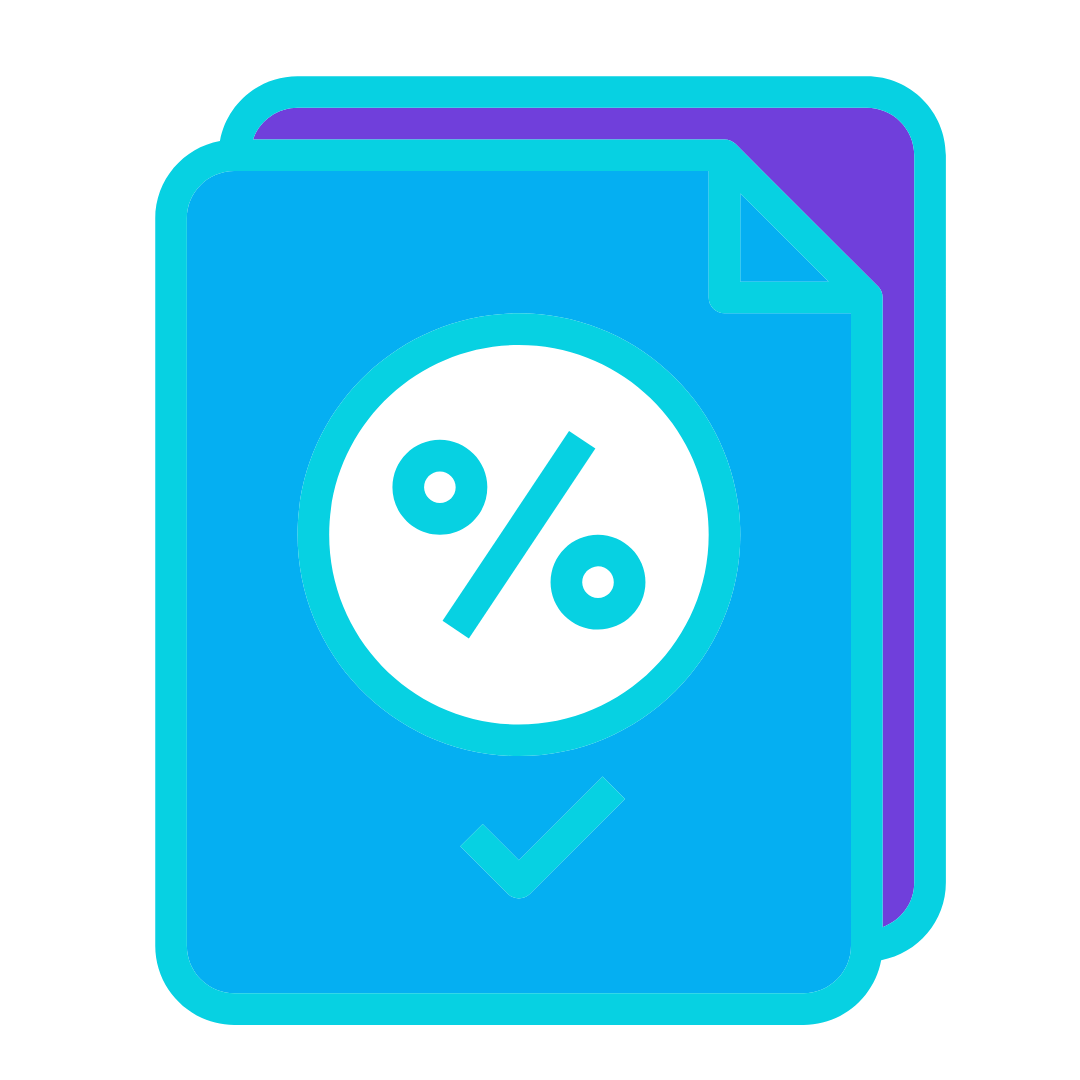How we can help your business
R&D tax reliefs
We’ve put together one place to find out about Research and Development (R&D) tax reliefs and how they can help your business.
You can jump ahead to the sections you’re most interested in, using the links below:
- Who qualifies for R&D
- Types of R&D relief
- What you can do with the reclaimed costs
- Wow’s R&D process
- The types of projects/sectors that qualify
- How R&D can help during the uncertainty of COVID-19
What is R&D?
R&D reliefs support businesses that work on innovative projects. The reliefs are designed to encourage innovation and are a valuable source of cash for businesses to invest in accelerating their R&D, hiring new staff and ultimately growing.
Many businesses don’t realise that they qualify for R&D relief, or they are not claiming their full entitlement. It can be claimed by a range of companies that seek to research or develop an advance in their field. It can even be claimed on unsuccessful projects.

Who Qualifies for R&D?
R&D tax reliefs are only available for limited companies – sole traders and partnerships do not qualify. Companies claiming R&D reliefs must be able to demonstrate:
Advances in the field
The key is that the company must be undertaking development activities that seek to achieve an advancement in technology or science. If your company is taking a risk by innovating, improving, or developing a process, product, or service, then it could qualify.
Technical challenge
The project must contain a level of technical or scientific uncertainty for a competent professional, so if you faced questions that left you and your team scratching your heads to find a solution, that’s a good indication that qualifying R&D activities were taking place.
Uncertainty was overcome

A good test to determine if the work undertaken qualifies for R&D relief is whether your project team faced technological or scientific uncertainties at the start. If you can show that your project goes beyond applying existing technologies or science and demonstrate that it breaks new ground, you could qualify.
Types of R&D relief – the detail
What type of R&D relief you claim will largely depend on the size of your business.
Most of the claims we deal with come under the small and medium-sized enterprises (SME) R&D Relief.
You can claim SME R&D relief if your:
- team is under 500 people
- turnover is under 100 million euros or a balance sheet total of under 86 million euros
SME R&D relief allows you to:
- deduct an extra 130% of your qualifying costs from your yearly profit. This is as well as the normal 100% deduction, making the total deduction 230%
- claim a tax credit if your company is loss-making, worth up to 14.5% of the surrenderable loss
If you’re a large company, have been subcontracted by a large company or have received a government grant – you could qualify under a different scheme – the R&D expenditure credit. If you think this may apply to you, we will look at what scheme is best for you to claim under, please chat to us.
What can you do with the reclaimed costs?
According to HMRC’s latest R&D report, the average claim made by owner-managed businesses in the UK is £53,876. We’ve seen clients re-invest this in different ways to grow their businesses. You can:
Boost cash flow
Give your cashflow a boost at a time when you need it most
Invest in technology
Implement new technology to increase speed and efficiency

Increase your team
Hire additional members and add expertise to your team
.png)
Train and develop
Up-skill your team by investing in training and development

Accelerate growth
Invest in sales and marketing to accelerate your growth

Treat yourself
You and your team work really hard. How about rewarding yourself?
Why work with the team at Wow
Working with Wow will significantly increase your chances of a claim being successful. We have a dedicated team that have a 100% record of claims being accepted by HMRC. We’ll also increase the value of any claim you make by:
- Using our knowledge to help identify qualifying projects and costs – some of which are sometimes overlooked
- Reviewing your financial information to make sure anything you’ve spent that qualifies for R&D tax relief is included
Have a chat to Rory to see how we can help you

In the words of a happy business owner

Chris Gunn, Co-Founder & Managing Director of LoveGunn, an award-winning branding and design agency, initially ruled LoveGunn out of being able to R&D reliefs until we had a conversation with him. Here’s what he had to say about working with Wow on his R&D claim.
What to expect
Our R&D process
Here are the steps we go through for a typical R&D claim
-
.png)
Have a chat
A no-obligation chat to figure out if R&D is applicable for your business
-

Collate your financial information
We've got a template to make this really easy for you. If you're a Wow client, we have most of this to hand already so can do this for you
-

Estimate of the tax relief
You'll receive an estimate of the tax relief a successful claim would give you and we'd put together a proposal for the work we will do
-
.png)
Collate project information
Depending on your preference and size of the claim we'll either come to see you, have a video call or we may just need you to fill out a few more questions to get together the information on the project you're claiming for
-

Your R&D report
We'll put together your R&D report based on all the information you've shared with us
-

Updating your Corporation Tax return
We'll update your Corporation Tax return to reflect your claim, attach the R&D report, and then send it to you for signing
-

Submit your R&D claim
Once your Corporation Tax return is signed, the return and R&D claim is submitted to HMRC
-

HMRC process your claim
HMRC quote 28 days to process R&D claims and repay any tax reliefs, however, we found it often takes longer, typically around three months. We will keep in contact with HMRC throughout the process and keep you updated
-
-1.png)
Your payment
The funds are repaid by HMRC into our Wow client account and we transfer these to you (minus the agreed success fee). You don't pay us if the claim is unsuccessful
What types of projects/sectors qualify?
Below we’ve listed some common projects and sectors that qualify.
Software:
- Apps which have been custom-built
- Bespoke CRM/CMS systems for both internal and external use which help increase efficiently
- Appreciable improvements – if you’re making significant increases in technical performance. For example, decreasing web load time through more efficient coding and architectural design
- Building bespoke APIs or amending/developing existing APIs for specific integrations
Artificial Intelligence
- Natural language processing – speech to text software
- Machine learning – the utilisation of algorithms without specific human direction
- Deep learning – text and image recognition in computers or even driverless cars
- Neural networking – developing algorithms designed to operate in the same way as the human brain
Architecture/Construction
- Challenging sites – overcoming uncertainties like site restrictions
- New materials
- Modular construction
- 3D printing
- CAD design and BIM modelling
- Energy-efficiency – development of energy-saving building designs, techniques and technologies
- Facade/cladding – research into new forms of cladding, particularly in relation to fire regulations
- Appreciable improvements to build techniques
Other areas/sectors
- Engineering
- Development of new filming techniques, including custom-built filming rigs
- VR film production
- Hardware development
- Blockchain
- Development of end-to-end encryption/biometric software to comply with privacy and security legislation
- Integrating new technologies with legacy systems
- Food manufacturing
- Processes designed to achieve a reduction in waste
- Prototyping/building of new products
- Pharmaceutical development and testing
- Replication of competitors existing project (if the know-how of how this was developed is not common knowledge or standard practice in the industry)
- Packaging development – the creation of new tamper-proof, waterproof or environmentally friendly packaging
What to be mindful of
If you have received any grants or loans – like the CBILS loan, this could impact your R&D claims. Factors such as grants can restrict a small business from accessing the SME incentive. You can still make a claim using the RDEC – scheme or via both incentives. However, it’s likely the relief you receive won’t be as high.
If you have received any grants or loans, we recommend keeping the money in a separate account and only drawing on it if necessary. Also, if possible, only spend any grants or loans on costs that don’t contribute to any R&D projects. If you think this could impact you, have a chat with us, and we can take you through your options.


